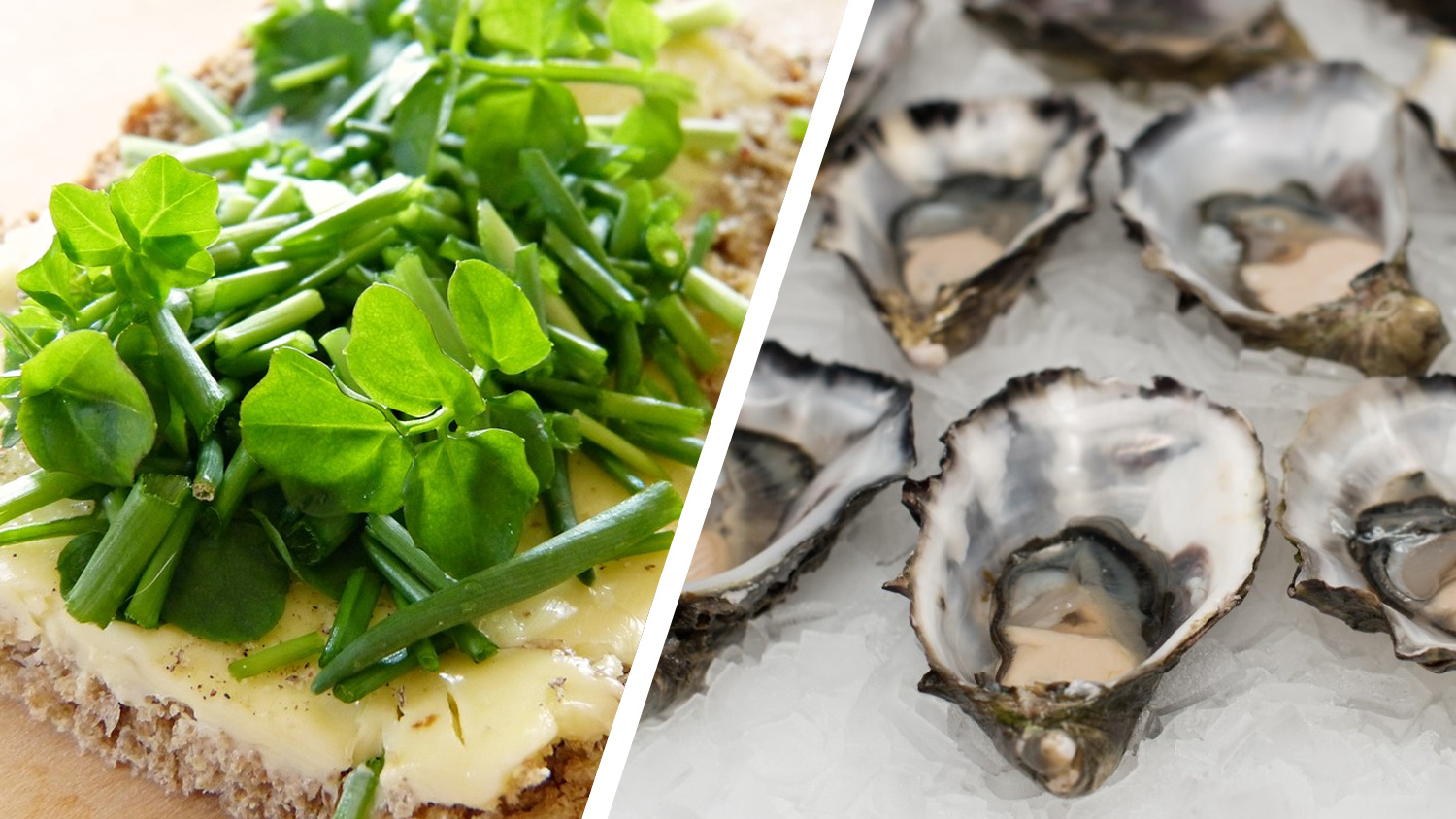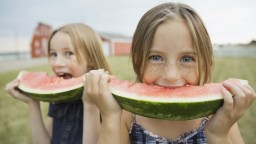Like the rest of the human body, our brain depends on good nutrition. In fact, it’s where everything starts and from where everything flows. Lack of certain vitamins can lead to drops of mood, cognitive ability and physical functionality. For these reasons, when getting a psychiatric evaluation it makes sense to call a nutrition intervention to make sure slumps in vitamin and nutrition levels aren’t the cause of common mental diagnoses such as depression and anxiety.
Drew Ramsey, MD and author of Eat Complete and co-author of 50 Shades of Kale, wants to make sure people know about the links between wellbeing and nutrition. A well-balanced diet is firmly linked to a person’s wellbeing. Without enough iron, as he points out, a person will feel sluggish, cloudy, and at the bottom of their game.
Most of us don’t consider every vitamin when we think up our meals. We may know that fish is a good source of protein, but we’ll stick to what we know, choosing to get our protein from steak or poultry of tofu. What a person might overlook is that fish such as salmon and tuna, and especially the smaller, oilier, and more sustainable fish like sardines and anchovies, are not just good sources of protein, but also a major haul of omega-3 fatty acids that are a critical brain booster. Omega-3 are long-chained acids, and a type called DHA is actually what brain cells are made of. So raise a sardine on toast in the air and say cheers to a more robust brain.
In Drew Ramsey’s clinical practice, checking to make sure people are getting all the vitamins and nutrients they need doesn’t necessarily require expensive and expansive testing – sometimes it just requires a few questions, such as do you eat fish, mussels, clams? How about cashews?
That’s what Ramsey considered while he was writing his book Eat Complete, and designing the assessment practice in it. Ramsay is on a mission to translate nutrients that are hard to quantify into more practical food categories, to help people know what they’re missing and how they can fill in their nutritional gaps. Eat Complete looks at phytonutrients, and how to recognize them. As Ramsey describes, phytonutrients are often leafy greens and colorful fruits and vegetables with nutritional benefits beyond their widely known antioxidants. Ramsey reminds us what we should instinctively know: when looking down at a plate, if you see a wide variety of colors (natural ones, not M&Ms;), you’re doing it right. From red tomatoes to green kale and orange carrots to purple cabbage, each color literally represents a nutrient content that is shared in other vegetables of its color. So mix it up to reach far and wide across the nutrient spectrum.
Armed with more workable knowledge of which foods will do what, your wellbeing could improve across all facets. You’ll feel more energetic, have more cognitive clarity, your blood quality will be smoother (yes smoother, it prevents vascular disease and helps oxygen get delivered efficiently around the body), and your gut health, which is being increasingly linked to mental health, will also rocket upwards. Interestingly, self-congratulatory pats on the back have also been known to increase.
Drew Ramsey’s book is Eat Complete.
Drew Ramsey: We know that brain health depends on proper nutrition. And so when we see people who have nutritional deficiencies, maybe, for example, having not enough vitamin B12 or missing certain fats like the omega-3 fats in their diet, we see that there's a vastly increased risk of illnesses like depression and anxiety. We also know that in clinical trials we can use those nutrients to actually treat brain illnesses like depression and dementia.
So every good psychiatric evaluation involves some lab testing just to make sure that the basic physiology, things like your thyroid, your B vitamin levels, the amount of potassium and sodium in your body that those are normal. And for a lot of people they are but for some people they aren't. And those are instantly reversible deficiencies. For example, if you have an iron deficiency you're going to be sluggish; you're going to have a brain fog. You're not going to feel well. It's interesting that we sort of start with evaluation in labs when really part of my work has been how do we get food into the conversation. And so I can assess you with a lab test, but, for example, if you never eat wild salmon or mussels or any good fatty fish that are a good source of those long chained omega-3 fats, we know that your levels are going to be low. So really we can learn a lot about someone's nutritional status just by asking them simple questions. It doesn't require expensive testings. In our clinic we simply ask people what they eat for breakfast lunch and dinner.
And that's really the goal of my book. Eat Complete is helping people - walking them through a nutritional assessment; it's called a Simple Food Assessment just because it's simple. And thinking about what are your challenges at every meal and what are the nutrients in the foods, most importantly the foods that are missing? We know that there are these very important nutrient-dense foods, the foods that have more nutrients for your brain per calorie. And we want those nutrients because you use them to make everything in your brain. If you think about it, every molecule in your brain starts at the end of your fork. And so really what I love about food in clinical practice - I'm a psychiatrist - is that it gives us an intervention that really you can focus on and employ every day and it's a way that we can help patients and people in general take care of themselves, really employee self-care with every bite. So that's the idea behind nutritional psychiatry, as it's being called.
So, a lot of times we focus on super foods or singular foods. I focused a lot of my work on kale. But really how we want to think is in food categories. And what I see in clinical practice over and over again is these same food categories are missing in people's diets. When we look at the eater landscape in America what we see is that people are really missing some of these key nutrients. They're eating very - I call it the beige diet or the 12-year-old boy diet, like lots of highly processed foods, not a lot of colors. We want to get people having more of those rainbows on their plate. So the food categories that I really love to see people put back into their diet when it comes to eating for brain health, we love to see the leafy greens. So things like kale, I've got some watercress right here that I particularly like; very, very dense green.
And nutrient dense, that's a very important concept, it's much more important than calories. Calories really only help us calculate nutrient density. And nutrient density is the bang for your buck. Something like this watercress it's going to be under 30 calories for a whole cup. And with this or any other leafy green you're going to get so much vitamin K, vitamin C, vitamin A. You're going to get fiber and you're going to get these phytonutrients. Those are molecules in plants that we understand - they're much more powerful than just antioxidants. So leafy greens and crunchy vegetables, or we call them the rainbow vegetables; you want to look at your plate and see colors. You want to see greens and reds and oranges because each of those colors represent a different phytonutrient, a different pallet of medicine, as it were. A lot of those powerful phytonutrients, they're what color a plant. And so we know everything with red like that red pepper has lycopene just like a tomato and watermelon. So colorful fruits and vegetables and leafy greens.
And then the category that so many people are missing is seafood. So we want to get more wild fish and particularly small fish like anchovies and sardines and there's all kinds of really fun creative ways to do this. I love to prescribe ceviche because it's a no-cook way of doing food. Something like a scallop or shrimp just in lime juice. So in terms of the nutrients, what are we trying to get into people's diets when we get to eat more of these leafy greens and seafood? And we're getting much more of these long-chained omega-3 fats. Those are very critical for brain health. The longest DHA is actually what brain cells are made of. And then others EPA, for example, is a very interesting fat that helps kind of thin the blood. Imagine that your blood is kind of silky smooth and that's obviously very important in terms of delivering oxygen to the brain and also preventing vascular disease as you age.
Other nutrients that we want to see a lot of in people's diets, we want to see more fiber, more plants because as we understand the connection between the gut and the brain you can't have a healthy brain without a healthy gut. I mean everybody just knows that I think a little intuitively, when you don't feel well down here you don't feel well up here. We also understand there's a lot of cross talk between the brain and the gut, just literally hundreds of thousands of neurons, nerve cells that communicate back and forth between the brain and the gut. And we know the gut has certain bacteria living in it, the bacteria that really get fostered and are promoted to grow when you eat more plants, more crunchy plants and more fermented foods.
That's one of the key nutrients that often gets left out of the conversation - fiber, because gut health is so key. So omega-3 fats, the B vitamins, vitamin B12 - which the food category for that are going to be mussels, clams and oysters - just find very high concentrations of both B12 and other minerals that are important for the brain, like zinc is one of my favorites. And so the idea behind nutritional psychiatry and behind Eat Complete is how do we look at what nutrients are missing and then translate that into food? So instead of telling people: 'Hey, you should eat more iron', we say 'Hey, you know what a surprising food is that's full of iron? Clams'. Or another great source of iron are these cashews, they're one of my favorites. Because along with leafy greens and seafood you want to get a lot of nuts, so almonds, cashews - here's a nice almond for vitamin E. And then these are some of my favorite medicines in my clinic, these are pumpkin seeds. And pumpkin seeds are pepitas, are great for three nutrients: zinc, magnesium and then tryptophan. Tryptophan is the amino acid that we use to make serotonin and dopamine. These are very, very important mood-regulating and learning-regulating neurotransmitters or chemicals in the brain. And so the idea is to give people a core set of foods. You know, again, with every bite you're getting all the nutrients that your brain needs.






